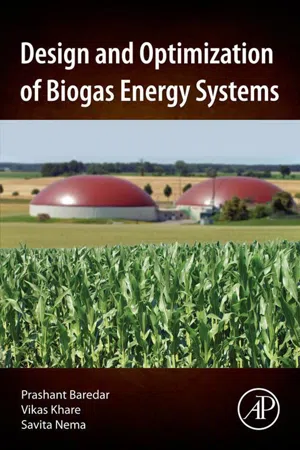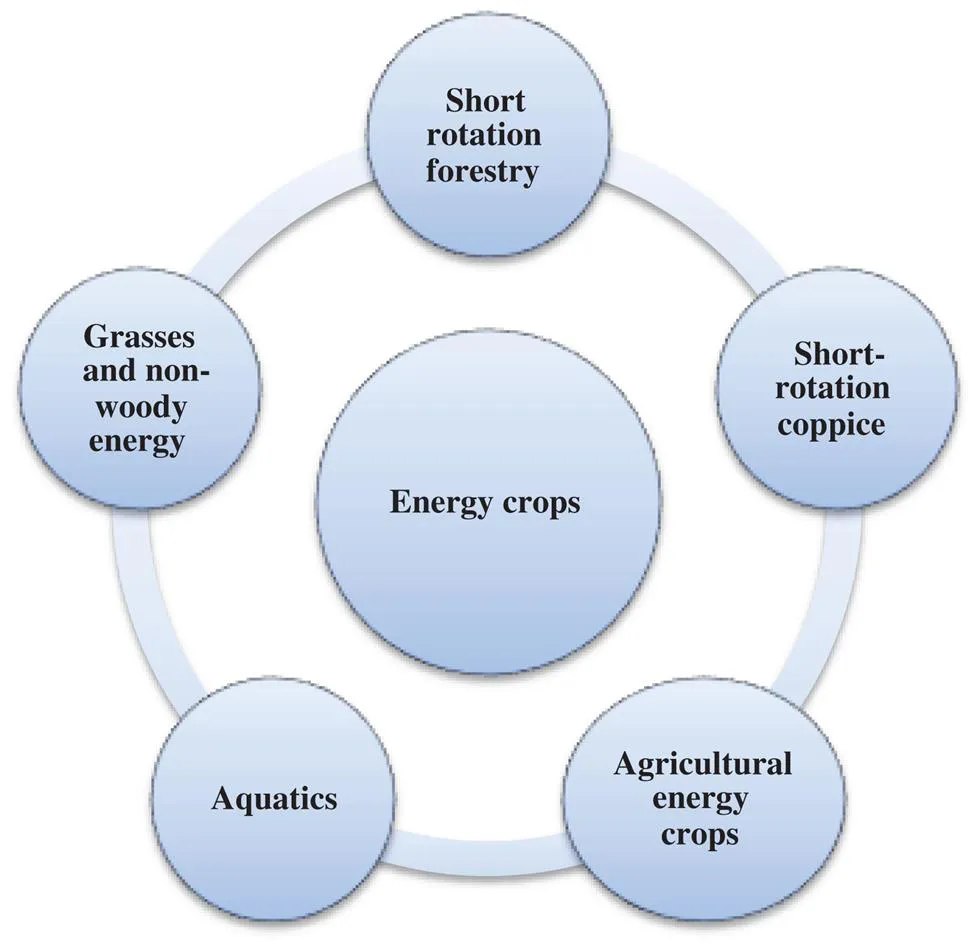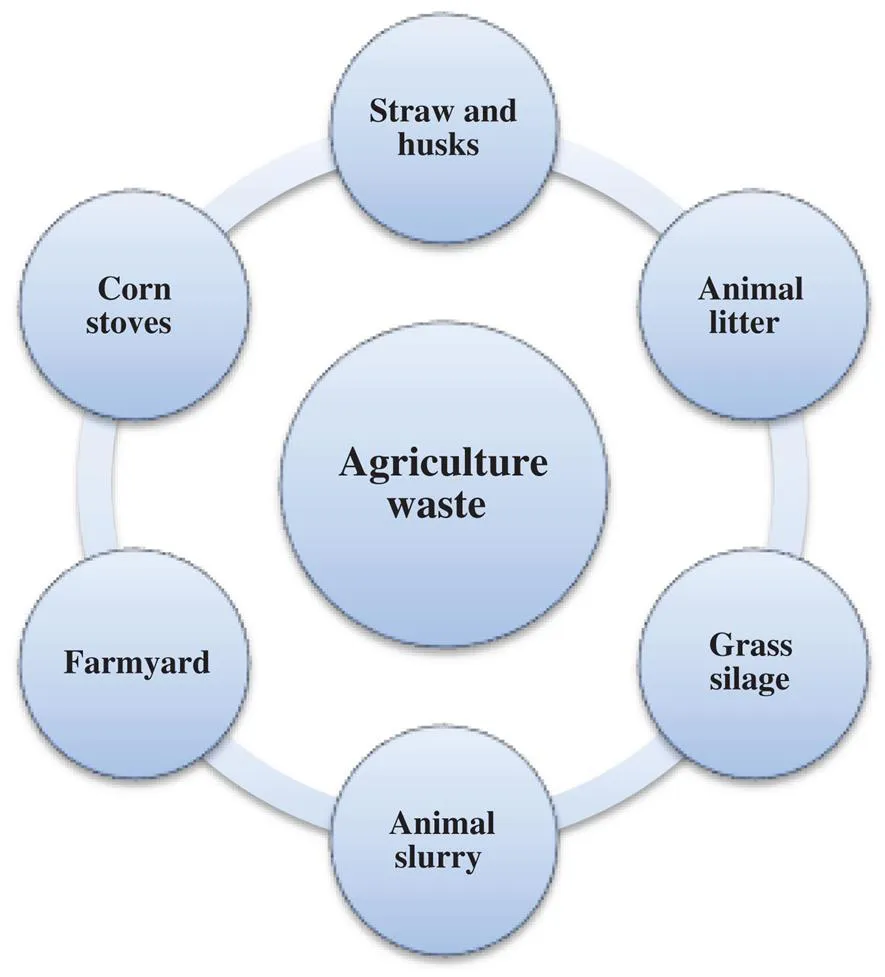
Design and Optimization of Biogas Energy Systems
Prashant Baredar,Vikas Khare,Savita Nema
- 336 páginas
- English
- ePUB (apto para móviles)
- Disponible en iOS y Android
Design and Optimization of Biogas Energy Systems
Prashant Baredar,Vikas Khare,Savita Nema
Información del libro
Design and Optimization of Biogas Energy Systems presents an overview on planning, implementing, assessing and optimizing biogas systems, from fuel conversion to power generation. The book introduces the fundamental elements of bioenergy systems, highlighting the specificities of biogas systems. It discusses the current state of their adoption at a global level and the challenges faced by designers and operators. Methods for sizing, simulating and modeling are discussed, including prefeasibility analysis, available production processes, integration into hybrid energy systems, and the application of Big Data analysis and game theory concepts. All chapters include real-life examples and exercises to illustrate the topics being covered.
The book goes beyond theory to offer practical knowledge of methods to reach solutions to key challenges in the field. This is a valuable resource for researchers, practitioners and graduate students interested in developing smart, reliable and sustainable biogas technologies.
- Provides an applied approach to biogas systems, from technology fundamentals, to economic and environmental assessment
- Explores control methods and reliability prediction of each system component, including modeling and simulation with HOMER and MATLAB
- Discusses the use of Big Data analysis, numerical methods, and Game Theory for plant assessment
Preguntas frecuentes
Información
Biogas energy system
Abstract
Keywords
- • To provide knowledge about the importance of biogas energy systems in the field of electricity generation
- • To provide knowledge about the worldwide evaluation of biogas technology
- • To provide knowledge about the dissemination of biogas systems
- • To provide knowledge about the pros and cons of the biogas energy system
1.1 Introduction
- • potential to reduce greenhouse gas (GHG) emissions;
- • energy security benefits;
- • substitution for diminishing global oil supplies;
- • potential impacts on waste management strategy;
- • capacity to convert a wide variety of wastes into clean energy; and
- • technological advancement in thermal and biochemical processes for waste-to-energy transformation;





Índice
- Cover image
- Title page
- Table of Contents
- Copyright
- Chapter 1. Biogas energy system
- Chapter 2. Optimum sizing and modeling of biogas energy system
- Chapter 3. Biogas digester plant
- Chapter 4. Control system of biomass power plant
- Chapter 5. Reliability assessment of biogas power plant
- Chapter 6. Biomass liquefaction
- Chapter 7. Advances in biogas power plant
- Index